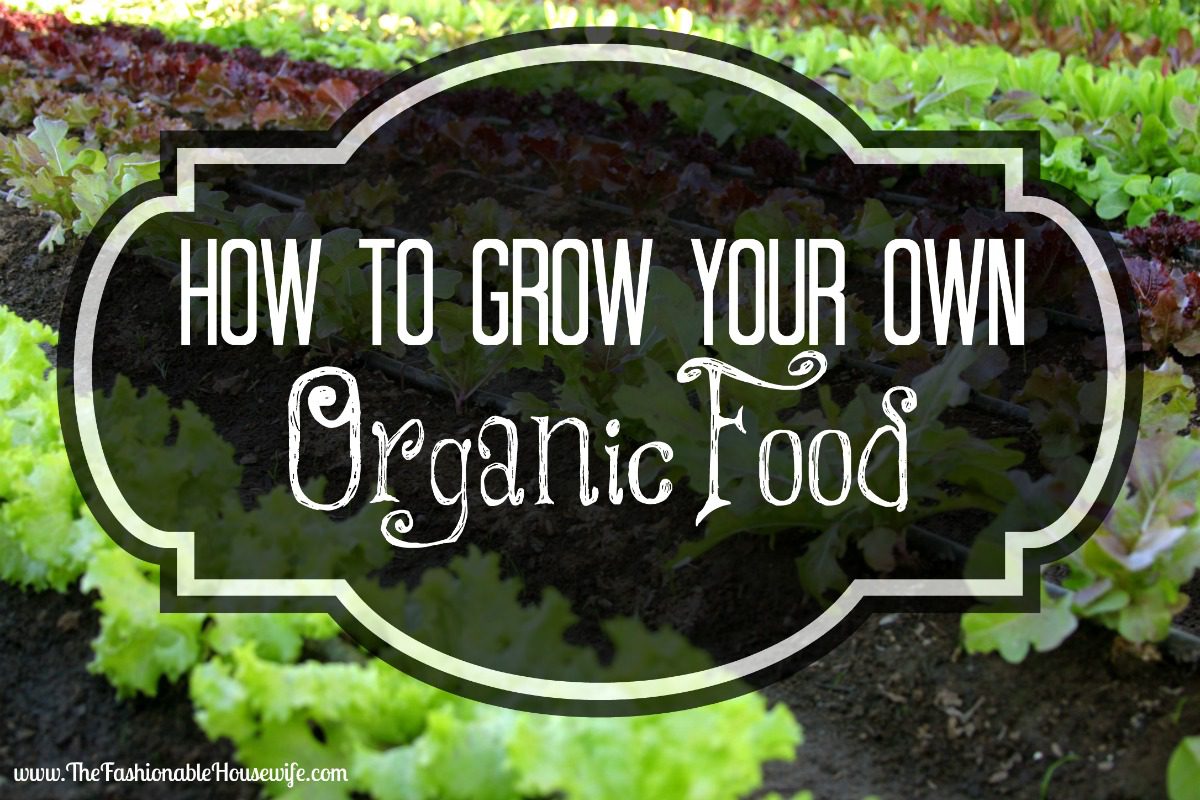
If planting, nurturing, feeding and then eating your own healthy, eco-friendly and delicious food sounds like too much hassle, then we apologize for writing this article. If however it sounds like a rewarding, economically sound and nutritious exercise, then welcome aboard! With a little practice and research, and help from organically-minded companies such as Agrarian Organics , there’s no reason why you can’t create your own dishes and meals within months.
Rocket gardens.co.uk says of the move towards growing your own organic produce: “There is concern that the domination of the major supermarket chains is creating an unsustainable and detrimental system of food production in the UK and beyond. Food miles are becoming a major reason for public concern: 28 % of road freight in the UK is food or produce; 1.6 billion tons are carried 149 billion ton kilometers. Each person makes on average, 221 shopping trips per year. £2.1 billion could be saved if all food was sourced locally.”
Before planting, test your soil using a simple soil kit. Fruit generally likes acidic soil while vegetables usually prefer alkaline, so buy a fertilizer accordingly to meet any deficiencies. You might also want to pick up some mulch, a thick layer of (preferably) organic material to suppress weed growth and increase fertility. Neighbors who have previously grown food will be able to offer advice on soil types in your area.
You will probably aim to establish a wish list to be grown throughout most of the year, yielding summer and winter vegetables. So put a yearly plan together of desired produce, taking into account light, rainfall, and space. You might also want to consider the overall nutritional value of your produce by growing a balance of crops, fruit, vegetables, and herbs.
Break up the soil, create furrows, and then plant your seeds. The depth will depend on the crop you are planting, as some only need to pushed a couple of centimeters into the soil while others will want to be buried up to 9-10cm. You may wish to start indoors before transporting the seeds outside.
Keep an eye on minibeasts and pests before choosing to harvest your crop, which depends on the vegetables or fruits concerned. Some will need to be harvested as they become ripe, others when they are fully ripened. The more you practice over the years, the more experienced you will become at harvesting at the correct time. Either eat in the next few days or weeks, or preserve your crops using various methods such as drying or canning.
If growing a host of vegetables sounds tough, why not start with just one? Expert organic farmer Alice Holden makes a simple suggestion in this Guardian article: “Lettuce is a brilliant vegetable to begin with if you have never grown anything before. It can be grown in a window box if space is limited and you can harvest outer leaves as you need them without pulling up the whole plant. Having a living salad larder on your window sill or raised bed can be very handy during the summer months.”
There are thousands more tips which could be given, but the best one is to do your research and dive in. Your stomach and wallet will not regret it.



